Could remote monitoring help relieve the burden of cardiovascular disease while empowering patients and supporting physicians?
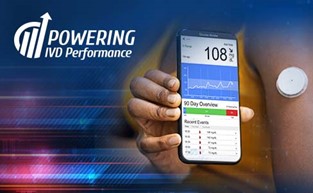 Chronic diseases, such as cardiovascular diseases (CVDs) and diabetes, are a leading cause of premature mortality worldwide.1–3 Identifying individuals at the highest risk of these conditions, ensuring they receive the care they need and are regularly monitored, could therefore help prevent some of these avoidable deaths.
Chronic diseases, such as cardiovascular diseases (CVDs) and diabetes, are a leading cause of premature mortality worldwide.1–3 Identifying individuals at the highest risk of these conditions, ensuring they receive the care they need and are regularly monitored, could therefore help prevent some of these avoidable deaths.
Blood pressure, blood lipids (including LDL, HDL, total cholesterol, and triglyceride levels), blood glucose, heart rate and weight/BMI are simple to measure and monitor regularly to assess CVD and diabetes risk.1–3
Over the last decade, an increased emphasis has been placed on the importance of early prediction and the integral role of point-of-care (POC) testing in cardiac care.4 Early detection of CVD and diabetes makes it possible to start active management and treatment sooner and improve patient outcomes and wellbeing.2,3
A tech-celeration in health care
The COVID-19 pandemic has led to a tech-celeration in health care; accelerating the development and adoption of remote monitoring and other digital health approaches, in particular, to CVD management.5 The growing emphasis on early detection and prevention of diseases is supplementing the accelerated adoption of decentralised monitoring and management of CVDs and other chronic diseases. These advances in POC testing and diagnostics have been underpinned by developments in biosensors, microfluidics, bioanalytical platforms, assay formats, lab-on-a-chip technologies, and complementary technologies.6 Advances in telehealth capabilities have also supported a move towards more remote consultation and monitoring, and data sharing between patient and physician. The use of smartphone-health tools and wearables have become essential to replace or supplement the traditional face-to-face interaction between patients and clinicians.
Several smartphone-based devices and smart applications have already been commercialised for the monitoring and management of basic health parameters, such as blood glucose, blood pressure, weight, body analysis, pulse rate, electrocardiogram, and physical activity.6 Widespread use of at-home testing, internet or smartphone-based apps and wearable devices that measure, record, and transmit readings has the potential to empower individuals and revolutionise personalised healthcare monitoring and management.6

The power of innovation, integration and connectivity
Remote monitoring in itself will not improve patient outcomes without influencing treatment or behaviour – or without integration and connectivity to communicate results to a physician. Clinicians can use remote monitoring to strengthen their relationships with, and improve the experience and outcomes of, their patients.7 Integrating home and POC monitoring, data sharing, and communication technologies can facilitate patient–physician interaction, provide a more holistic view of a patient’s health over time, increase visibility of a patient’s treatment adherence, and enable timely intervention before a costly care episode.7
While the American Heart Association supports initiatives that increase access to evidence-based remote monitoring technologies,7 there remains a need for decentralised tests that are as accurate as those in a lab, as well as increased connectivity and integration, in order to achieve true telehealth.
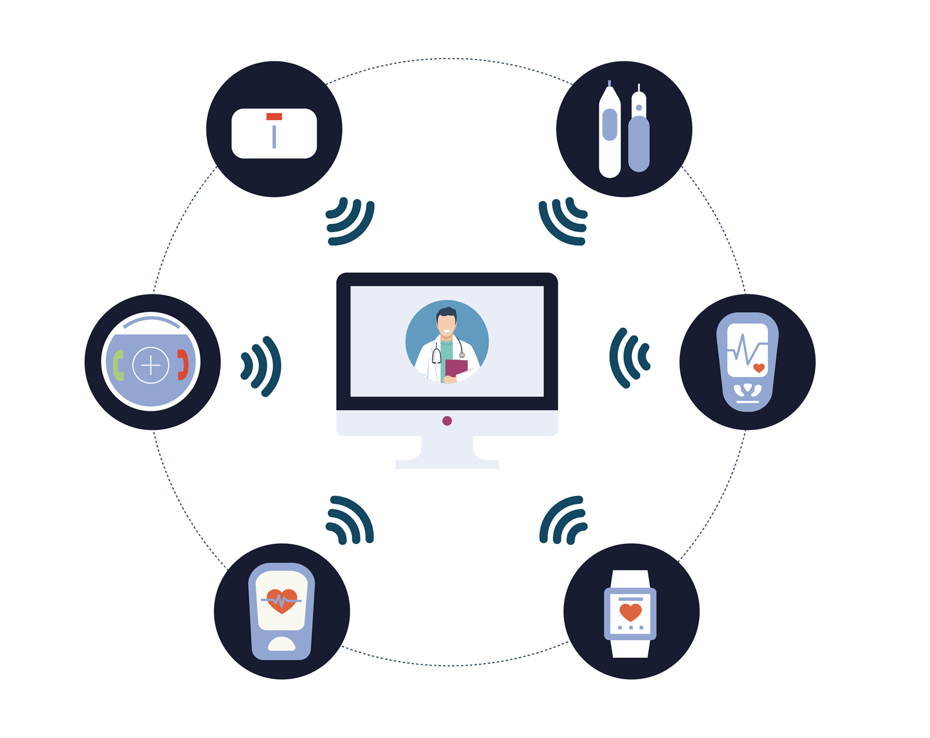
Maximising the opportunities for digital heart health care
Digital health, including remote monitoring and other digital tools, are part of the new normal for health care.5 CVD and diabetes are key target areas that can easily harness POC testing and diagnostic technologies, improve patient outcomes and potentially lower healthcare costs. With such a high global burden of two preventable and modifiable conditions in CVD and diabetes, we have an opportunity to develop accurate yet convenient monitoring tools to help individuals keep themselves healthy.
SEKISUI Diagnostics can support the development of these technologies. Learn more about the high-quality products we offer for inclusion in point-of-care testing and at-home telehealth solutions.
References
- World Health Organization Noncommunicable diseases Fact sheet: (https://www.who.int/news-room/fact-sheets/detail/noncommunicable-diseases) (Accessed February 2022).
- World Health Organization Cardiovascular Disease Fact sheet: https://www.who.int/news-room/fact-sheets/detail/cardiovascular-diseases-(cvds) (Accessed February 2022).
- World Health Organization Diabetes Fact sheet: https://www.who.int/news-room/fact-sheets/detail/diabetes (Accessed February 2022).
- McDonnell B, et al. Cardiac biomarkers and the case for point-of-care testing. Clin Biochem. 2009;42:549–61.
- Cowie MR, Lam CSP. Remote monitoring and digital health tools in CVD management. Nat Rev Cardiol. 2021;18:457–8.
- Vashist SK. Point-of-Care Diagnostics: Recent Advances and Trends. Biosensors (Basel). 2017;7(4):62.
- American Heart Association. Using remote patient monitoring technologies for better cardiovascular disease outcomes guidance: https://www.heart.org/-/media/files/about-us/policy-research/policy-positions/clinical-care/remote-patient-monitoring-guidance-2019.pdf (Accessed February 2022).
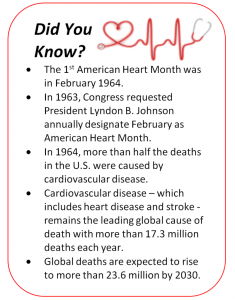
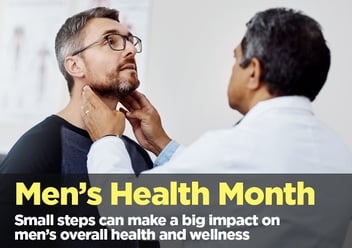
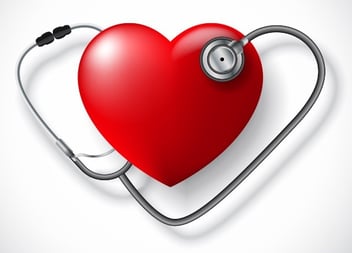
Share Article